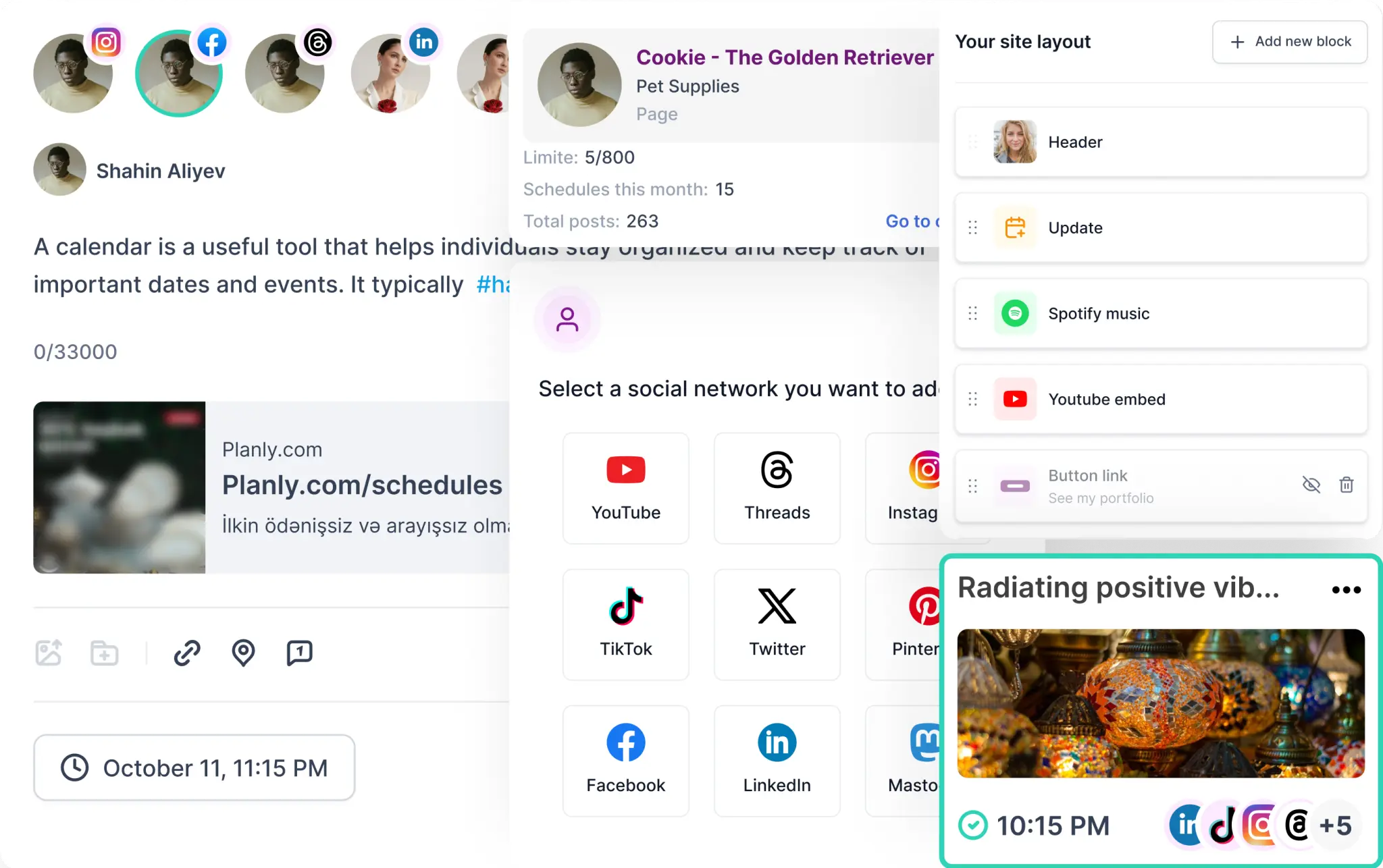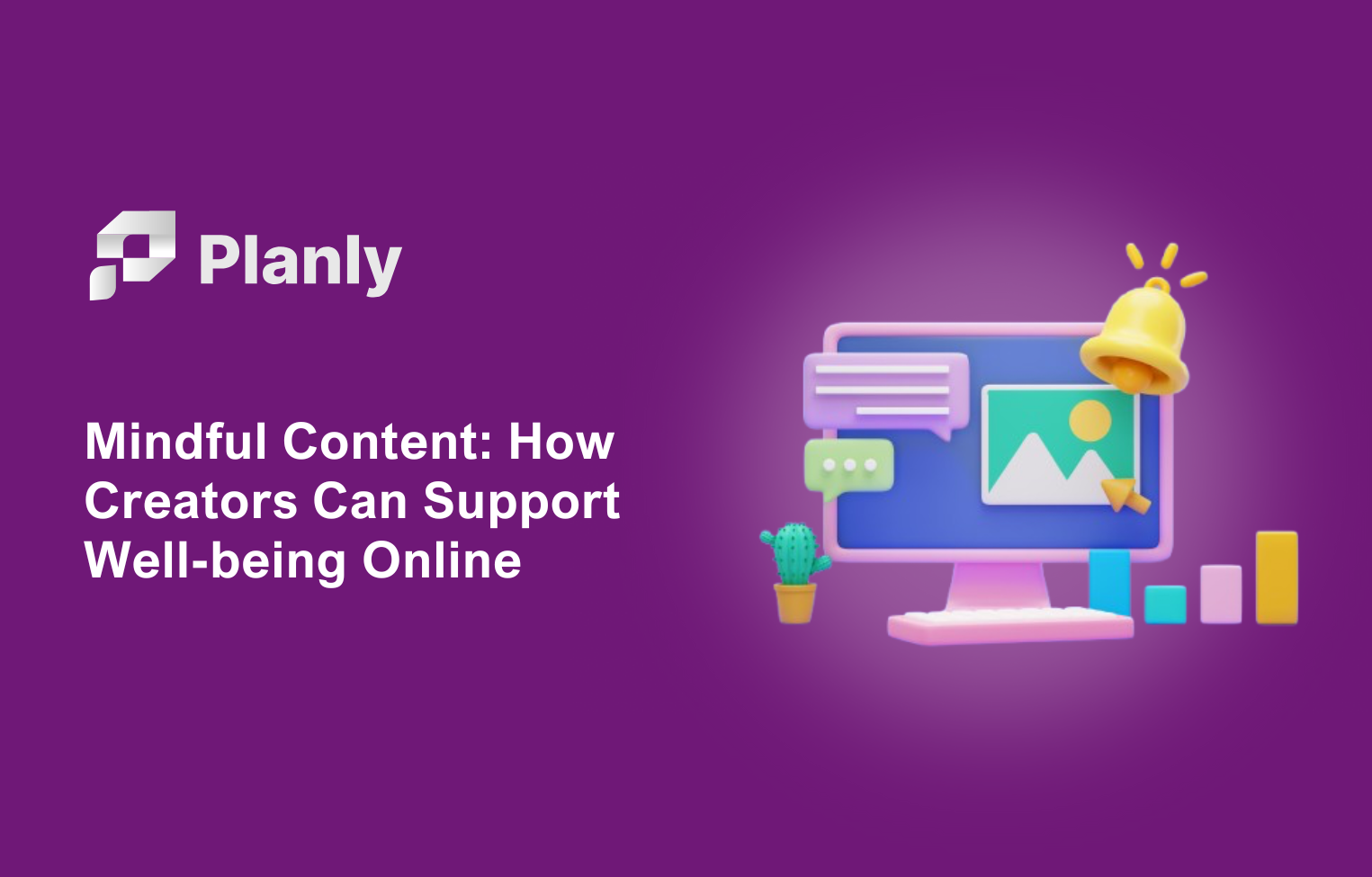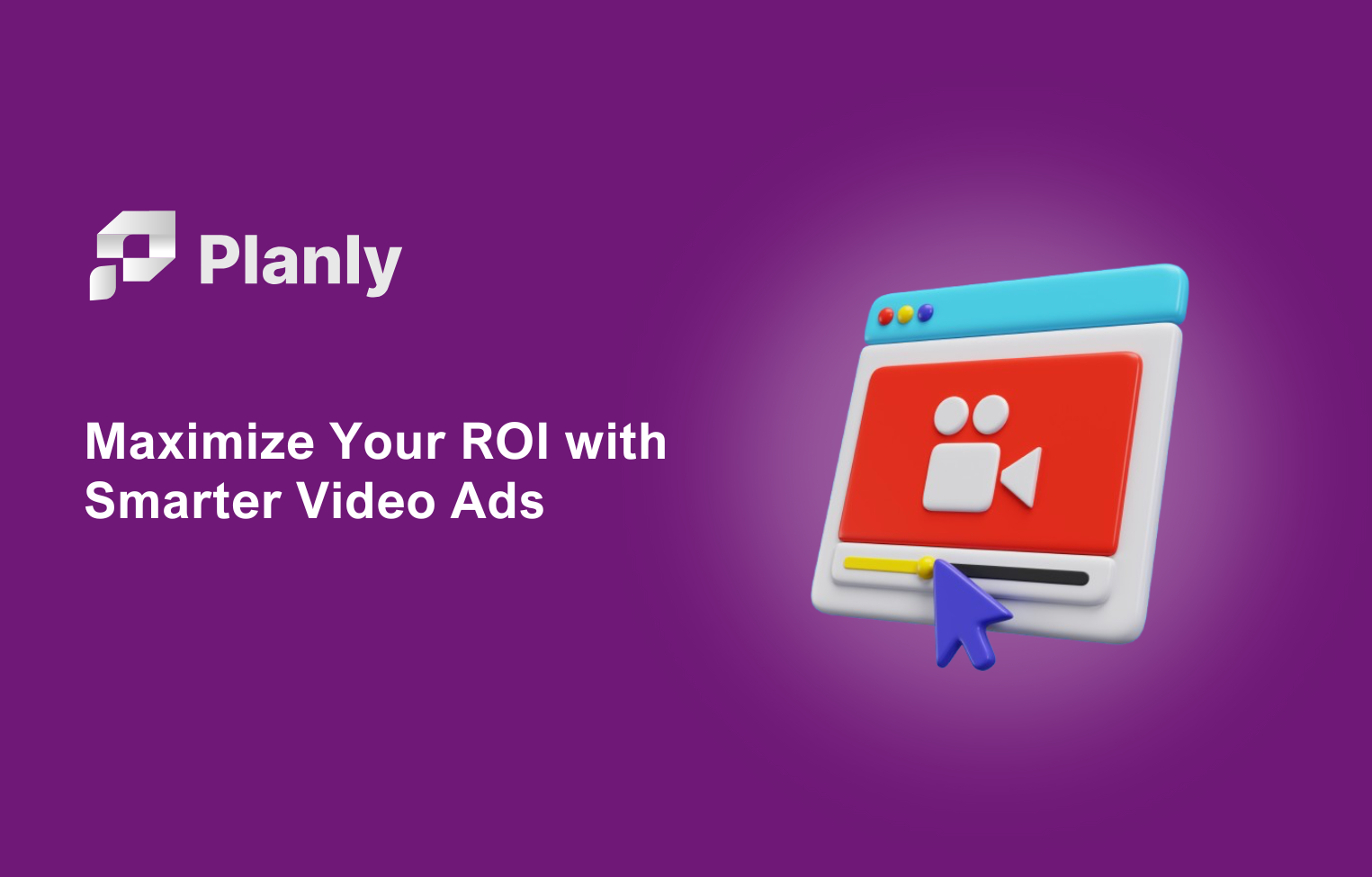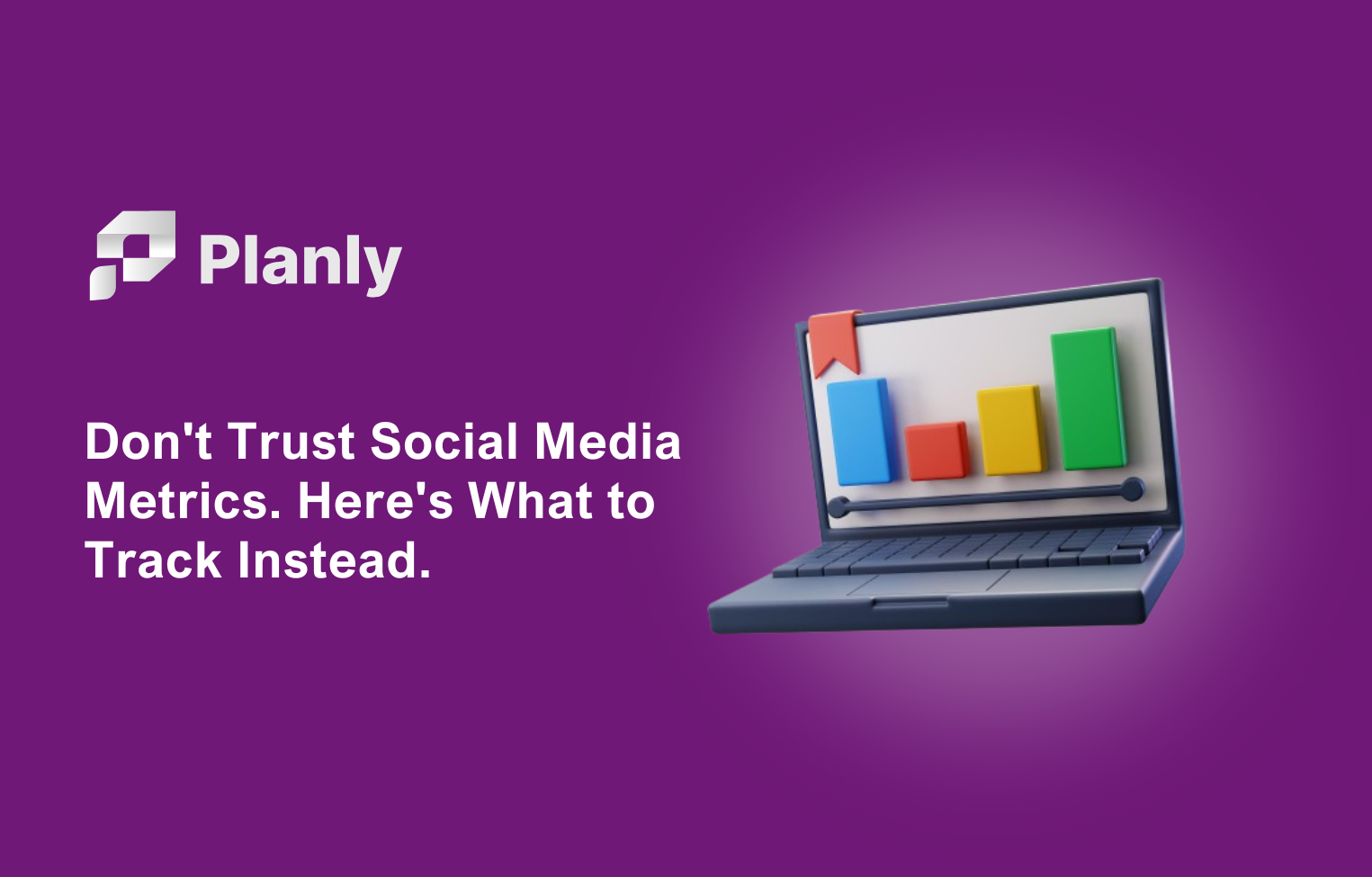Nowadays, people in different parts of the world are sharing on social media platforms. Someone posts advertising, someone educational, and another user posts funny. But there is one issue that worries them.
Understanding your audience and posting according to their preferences is confusing for most social media users. Thus, they want to read the mind of their audience and act accordingly. The best way that will help you with this is social listening. In this blog, we will tell you in detail what is social listening strategy and how you should use it. Now, let's go ahead!
What is social listening?
Tracking keywords, phrases, or even advanced queries on social media and the web is known as social listening. The collected data is then analyzed.
As the name suggests, social listening listens to events happening on social media. More specifically, your branding or selection. conversations about any brand on social media belong to social listening.
It's an excellent method for understanding how your customers feel about your brand or a selected topic, finding out what interests and problems they have, and finding opportunities for optimization.
Keep in mind that social listening is different from social media monitoring. Social listening doesn't just apply to social media platforms. Also, tools like news sites, blogs, forums, social media channels and other websites are social listening.
However, social media listening is used by several different names: Social intelligence, buzz analysis, social media measurement, audience research, and brand monitoring. They each have different meanings. But we can see that they replace each other.
What is the difference between social listening and social monitoring?
Social monitoring, as a rule, examines and analyzes existing data. Also, social media monitoring is valid for micro brands. Social listening, on the other hand, examines customer opinions about your brand, industry, product, and even competitors on a macro scale.
At first, social listening and social monitoring look similar, but they have many different aspects. Social media monitoring is more about collecting data and analyzing it.
- Brand mentions
- Relevant hashtags
- Competitor mentions
- Business trends
This information is also excellent for showing the value of social media marketing when the time comes to create the finances. However, statistics don't provide the full picture. If a post receives a lot of good feedback, that's fantastic. However, it's not so fantastic if a post receives a lot of critical comments and aggressive responses.
Why social listening is important?
Engaging with your audience
People can post various questions and comments about brands on social media and search engines. You respond to their questions and opinions. This is always an effective way. Imagine, while searching for your brand on the Reddit platform, you come across a question from a customer.
When you answer it and give the necessary information to that client, both his problem will disappear, and now you will begin to understand what your audience wants. In this way, in the next steps, if there are errors in your product, you can correct them and present them to your users with better quality.
Sales opportunities
Improving Brand Structure
Understanding how people feel about your business or your products is another big benefit of social listening. You can discover the issues that need to be resolved or the feelings that need to be developed by looking into the nuances of what affects this perception. This will then assist you in creating realistic action plans to improve brand health.
Provide customer services
Social listening is a way to quickly discover questions and problems. In this way, you will be able to contact your customers quickly. When you do, you can give them quick and better customer service, enhancing the overall customer experience. You can also directly message them and solve their problems with the customers themselves.
Competitor analysis
As we know, with social monitoring you can track what is being said about your business on social media, in the news, on forums and discussion boards, and etc. Every stage of competitor analysis benefits from this kind of intelligence, from measuring Share of Voice and brand health.
This competitor analysis is highly recommended for more information on how to use social media tracking for competitive intelligence.
PR services
PR teams can benefit from social listening in a variety of ways. It first allows you to keep track of when press releases and articles about your business are published. Second, PR pros can look for new news sources to get coverage on and journalists to collaborate with by monitoring mentions of competitors and business keywords on social media.
Influencer marketing
One of the best ways to develop social listening is through influencer marketing. Nowadays, TikTok influencer marketing is more widespread. And people are more interested in this area. However, with Instagram influencer marketing, people find influencers suitable for them and expand their audiences.
So this way you can be more interested in social media listening. For example, an influencer about your product, take a look at your video marketing taking, making a video. Viewers also express their opinion about that product in the comment section. By doing this, you will have learned their opinion and if there is a problem, you will solve it.
Planly
How social listening can help you find leads?
A good lead has relevant information and is engaged to interact with your brand. The first customer is the first step on the road to 1,000, and as you keep that customer, others start to show interest, which you can easily gain through contact. The three steps are:
- Lead Generation- the activity of collecting leads using social media.
- Lead Nurturing- taking control of the user journey.
- Conversion - turning potential into money by going from a lead to a sale.
According to research by Social Media Today and Sharpspring, B2B marketers in the United States said the top social media platforms to generate leads are Facebook [82%], Linkedin [48%], Instagram [43%], Twitter [15%], Pinterest [9%], Snapchat [4%] and Others [5%].
How does social listening work?
To understand how social listening works, you need to start it first. To start social media listening, you must first find the best social media listening tool that suits you. And after that, in just a few steps, you're all set to go.
Define Your Goals
Do you want to understand people’s perceptions of your brand? Understand why you really need social listening. After that, you should set some goals.
- Measuring brand health
- Understanding campaign performing
- Identifying social selling opportunities
- Monitoring PR issues
- Customer services
The Sources of Your Data
You must consider how to get social media talks before you can begin to analyze them. Each social media site has a unique edge and user base. Therefore, it's important to thoroughly analyze which ones are most crucial to your brand before focusing on them.
Choose the Right Social Listening Tool
It's important to find the right social listening tool for you. Because when you use social listening tools, your work will be easier and more comfortable. Now we present you with the best and most free social listening tools.
1. Awario is a powerful social listening and analytics tool. Supported Facebook, Instagram, Twitter, YouTube, Reddit, news and blogs, and the web. The best value is provided by Awario. With it, you can receive more than 1,000 mentions for $1, which is a fantastic deal when compared to other solutions.
2. Tweetdeck- is a useful (and free) tool for managing your business's Twitter account. TweetDeck provides various effective ways to search for mentions on Twitter with a choice of filters for social media monitoring. The tweets can then be replied to without leaving the app.
3. Brandwatch- Brandwatch is the best social media intelligence tool. Supported Facebook, Twitter, Instagram, YouTube, Pinterest, Sina Weibo, VK, QQ, news and blogs, and the web. The tool provides image analysis, API access, and a wide range of customized dashboards for social listening statistics.
4. Netbase- Using Natural Language Processing (NLP), NetBase may assist you in focusing your social listening on important discussions. It collects information from more than 100 billion previous postings made on the social web, in addition to hundreds of millions of social posts per day.
Build Topics and Themes
You can begin creating your listening topics now that everything has been laid out. Choosing what to listen for, such as hashtags, keywords, phrases, brand mentions, etc., is necessary for this. The queries you make to pull the data you need can then be based on these subjects and themes.
For example, you can use your regular Instagram hashtags or TikTok hashtags to track and monitor social interactions around your brand.
How do I write a social listening report?
After researching social listening and using the tools, you need to prepare a social media listening report. For this, you need to follow the below steps:
Determine the problem you're trying to solve
We analyze the following questions as we create our social listening reports:
- What is the key problem or question that the reader does have?
- What problem-solving benefits does the reader receive from the report's information?
- Does the information on each slide help with the solution to that issue?
If we're reporting on Gen Z, we first need to find out where we can get information about them.
Write Your Research Questions
When you’re starting out, you need to ask the right questions. To do this, you must decide what your report's goal is. The next step is to explain what your audience will hope or expect to gain from reading your research. This was done in step 1 already.
In step 2, you looked for an already researched study and used some experimental searches in the social listening tool to lead you in the right direction. Here you can ask specific questions about your brand so that you can get the answers you are looking for.
Conclusion
Social listening is the process of monitoring online conversations to understand what people are saying about your brand, industry, or specific topics. It can help you identify potential customers, understand customer needs and preferences, and respond to customer complaints.
It’s important for businesses to stay on top of social media trends so they can continue providing valuable content and services that meet their customers’ needs. In 2025, social listening will still be an important part of any marketing strategy.
Here are three ways businesses can make sure they’re doing social listening in 2025:
- Use a tool that monitors all major social platforms.
- Have a team dedicated to analyzing data and creating reports.
- Train employees to listen for specific keywords and phrases.









